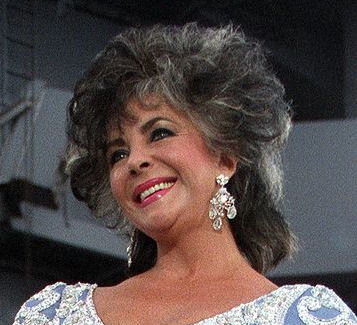In addressing the question of elites in the United States, we should distinguish between authentic and inauthentic elites. Inauthentic or artificial elites do not have a natural affinity with the best traditions and the deepest yearnings of the American people; indeed, at times, they oppose them.
As indicated in the sociological studies previously cited, traditional elites continue to exercise influence over American society, especially at the grassroots level.
However, the directive posts in government, politics, finance, industry, the media, and important foundations and cultural organizations are frequently occupied by persons who belong, not to authentic elites, but to a genre of counter-elites, whose principles, ideas, and lifestyles often conflict with the general way of thinking and acting of the majority of the population.
These inauthentic elites, far from representing the nation, constitute an almost foreign body grafted onto it. Yet they appear more frequently and brilliantly before the public eye than do the traditional elites, as they receive excessive and sympathetic media attention. For this reason, countless Americans regard the pseudo-elites as the only elite. From this misconception, an unjust antipathy toward elites arises.
To symbolize the moral and psychological profile of the human type of these inauthentic elites, the word toad and its plural toads for the collective body have become common coin in the TFPs.* Generally speaking, the toad is a son of the Industrial Revolution, the offspring of an industrial economy that has accorded him a fortune out of proportion to the patrimonies of his countrymen. Such fortunes can be in industry, finance, or even arts and athletics, as is the case with certain film, television and sports figures. There is such a lack of equilibrium between the toads and other economic levels of the population that the former seem to live in a stratosphere, isolated from the rest of society, leading lives economically and socially disproportionate to their origins and cultural level.
____
* The appellation was first used by Prof. Plinio Corrêa de Oliveira when, writing in the daily newspaper Folha de São Paulo on June 25, 1969, he applied the term to the members of the pseudo-elite with a liberal or socialist mentality.
Plinio Corrêa de Oliveira, Nobility and Analogous Traditional Elites in the Allocutions of Pius XII: A Theme Illuminating American Social History (York, Penn.: The American Society for the Defense of Tradition, Family, and Property, 1993), American Appendix, pp. 186-187.
Nobility.org Editorial comment: —
Hardly a day goes by without someone railing against “elites.” Seldom if ever is a distinction made between good elites and bad ones. They are all reviled. The result is that the average American knows more about good and bad cholestorol than he does about “good elites,” and “bad elites.”
Reflection brings clarity, for as we are reminded by St. Thomas Aquinas, “to think is to distinguish.”
In Nobility and Analogous Traditional Elites, distinctions are drawn between good and bad elites, the characteristics of each group are defined, and the epithet “toads” given to the inauthentic liberal and socialist elites. It is an easy one to remember.













